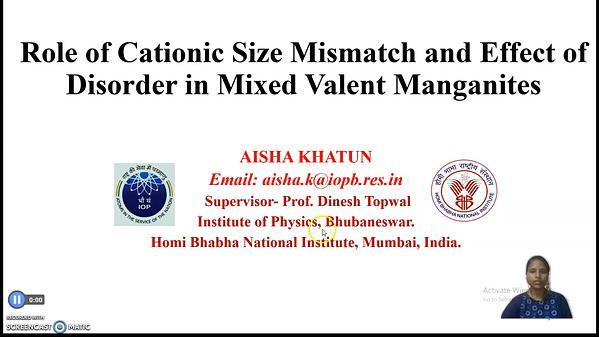
Premium content
Access to this content requires a subscription. You must be a premium user to view this content.

technical paper
Quantifying Spin Mixed States in Ferromagnets
I will provide an overview on our work to experimentally quantify and verify the presence of spin-mixed states in ferromagnetic 3d transition metals via the precise
measurement of the orbital moment. 1 While central to phenomena such as Elliot-Yafet scattering, quantification of the spin-mixing parameter <'b'2> has hitherto been confined to
theoretical calculations. We demonstrate that this information is also available by experimental means. Comparison of ferromagnetic resonance (FMR) spectroscopy with x-ray magnetic
circular dichroism (XMCD) results show that Kittel’s original derivation 2 of the spectroscopic g-factor requires modification, to include second order terms in spin-mixing of valence
band states. Such modification can have a large effect on the measured value of the spectroscopic g-factor in these materials. Not only does it explain discrepancies between XMCD and
FMR, but provides the means to quantify <'b'2>. Our results are supported by ab-initio relativistic electronic structure theory, which show good agreement between the measured and predicted values of <'b'2>.
References
1 J. M. Shaw, R. Knut, A. Armstrong, S. Bhandary, Y. Kvashnin, D. Thonig, E. K. Delczeg-Czirjak, O. Karis, T. J. Silva, E. Weschke, H. T. Nembach, O. Eriksson, and D.
A. Arena, Phys. Rev. Lett. 127, 207201 (2021).
2 C. Kittel, Phys. Rev. 76, 743 (1949).

Figure 1: Experimental values of '/s obtained from XMCD and FMR for a 10 nm thick Ni80Fe20
sample. The value obtained from XMCD is indicated as the horizontal dashed line. In the
case of FMR (solid line), µL / µS is calculated from the experimentally determined g-factor and application of the modified equation for the g-factor for various values of b2. The value of b2= 0.02 for this material can be graphically determined by the intersection of the two lines.

